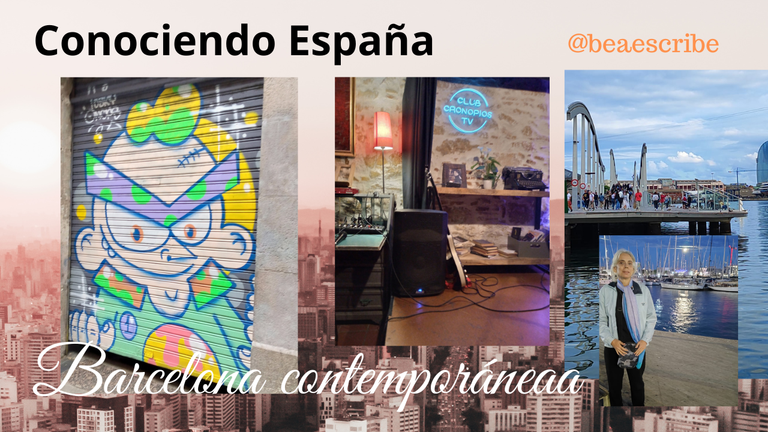
Banner diseñado por mí en canva.com Las fotos pertenecen a mi álbum de fotos personal
Banner designed by me on canva.com Photos are from my personal photo album
Saludos, amigos lectores, con este artículo voy a terminar mi recorrido por la ciudad de Barcelona, España. Que inicié con un artículo dedicado a la Barcelona de la Antigüedad
https://peakd.com/hive-111516/@beaescribe/conociendo-espana-barcelona-antigua-spanish-english Luego otro sobre la Barcelona Modernista
https://peakd.com/hive-111516/@beaescribe/barcelona-modernista-modernist-barcelona-spanish-english Lo termino con este artículo sobre la Barcelona Contemporánea.
LA BARCELONA CONTEMPORÁNEA

La Barcelona contemporánea comienza en el siglo XIX, en la época que llamé “modernista” en mi anterior artículo sobre la ciudad. Barcelona inicia un crecimiento urbano con el “ensanche”, cuando se derriban las murallas medievales y la ciudad se extiende por el llano de Barcelona, que abarca desde el casco antiguo de la ciudad a las estribaciones iniciales de la sierra de Collserola. Aún pueden verse los restos de la antigua muralla.
Cuando la ciudad se extendió absorbió poblaciones cercanas, que hoy conforman algunas de las zonas más visitadas de la ciudad, como el barrio de Gracia, donde se encuentran algunas de las obras más importantes de Gaudí, la Casa Battló, la Pedrera. Hoy el Paseo de Gracia, es una larga avenida, con amplias aceras, por donde puedes caminar cómodamente y admirar extraordinarias edificaciones. Otros barrios que se conformaron luego del ensanche son Pueblo Nuevo, Horta o Sans. El plan de ensanche fue diseñado por Ildefonso Cerdá.
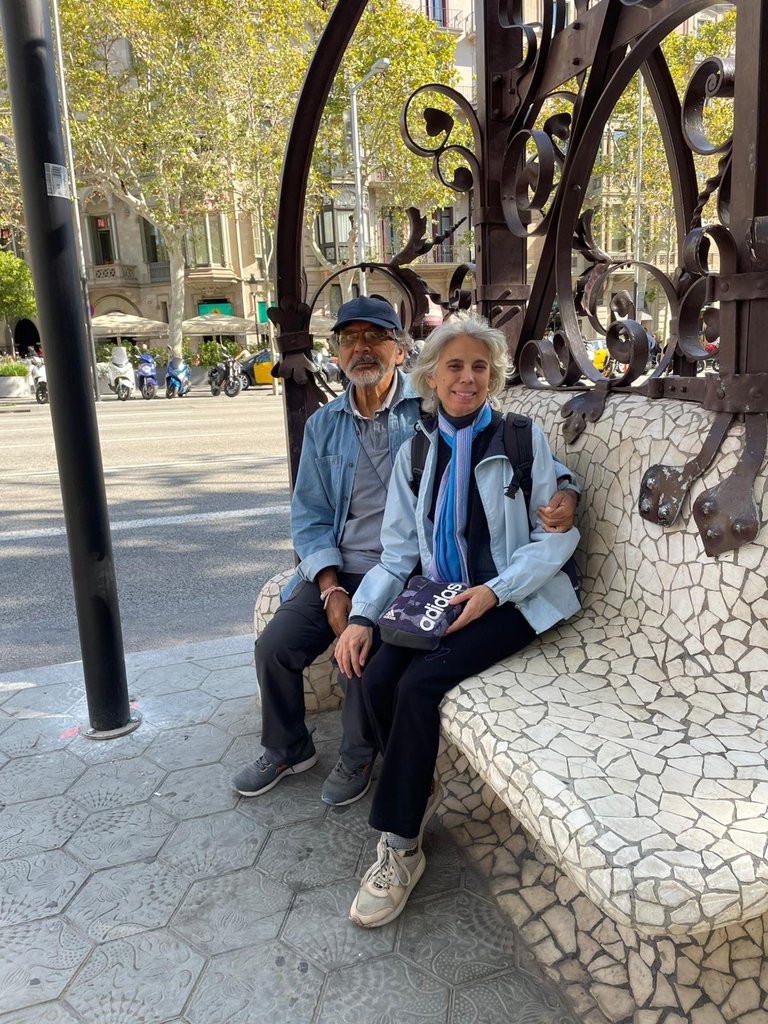
Aquí estoy sentada en un hermoso banco del Paseo de Gracia

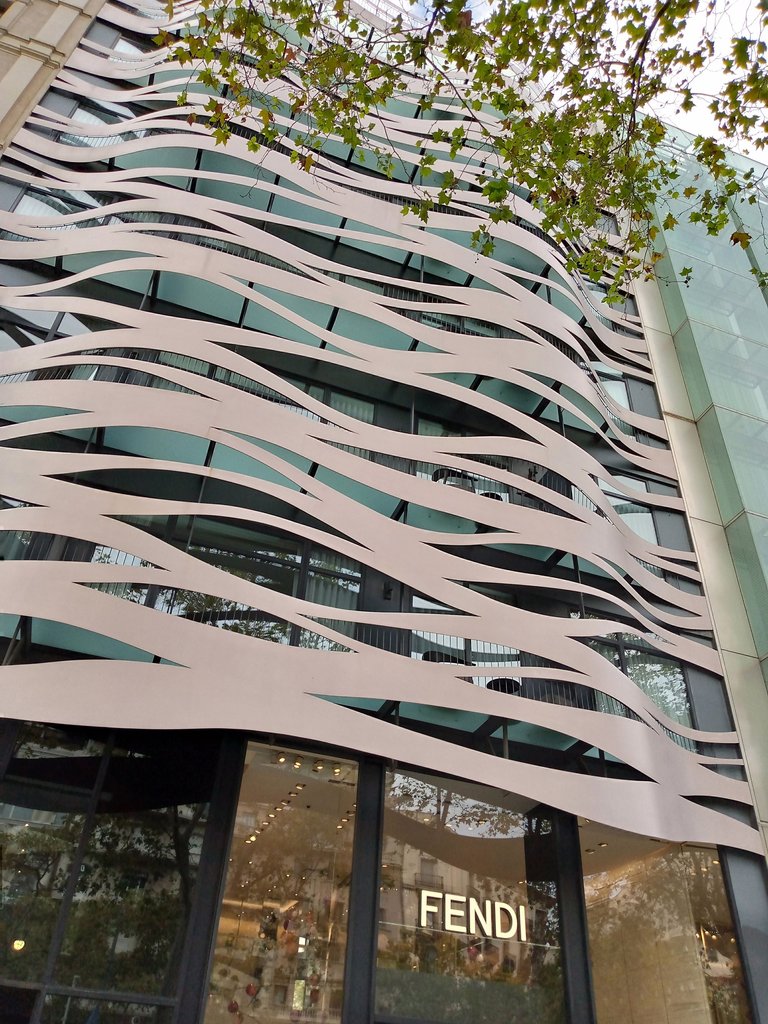
Edificio contemporáneo paseo de Gracia

En esa época, especialmente ya a finales del siglo XIX, Barcelona se transforma en un importante centro industrial, y lo es aún hoy. El proyecto del ensanche es posible gracias a esa etapa de expansión y prosperidad de la ciudad, en la cual la población de la ciudad se quintuplicó, y fueron necesarios algunos cambios en el plan urbano. Es entonces cuando se planifican el metro, que inaugura su primera línea en 1924, y el puerto moderno.
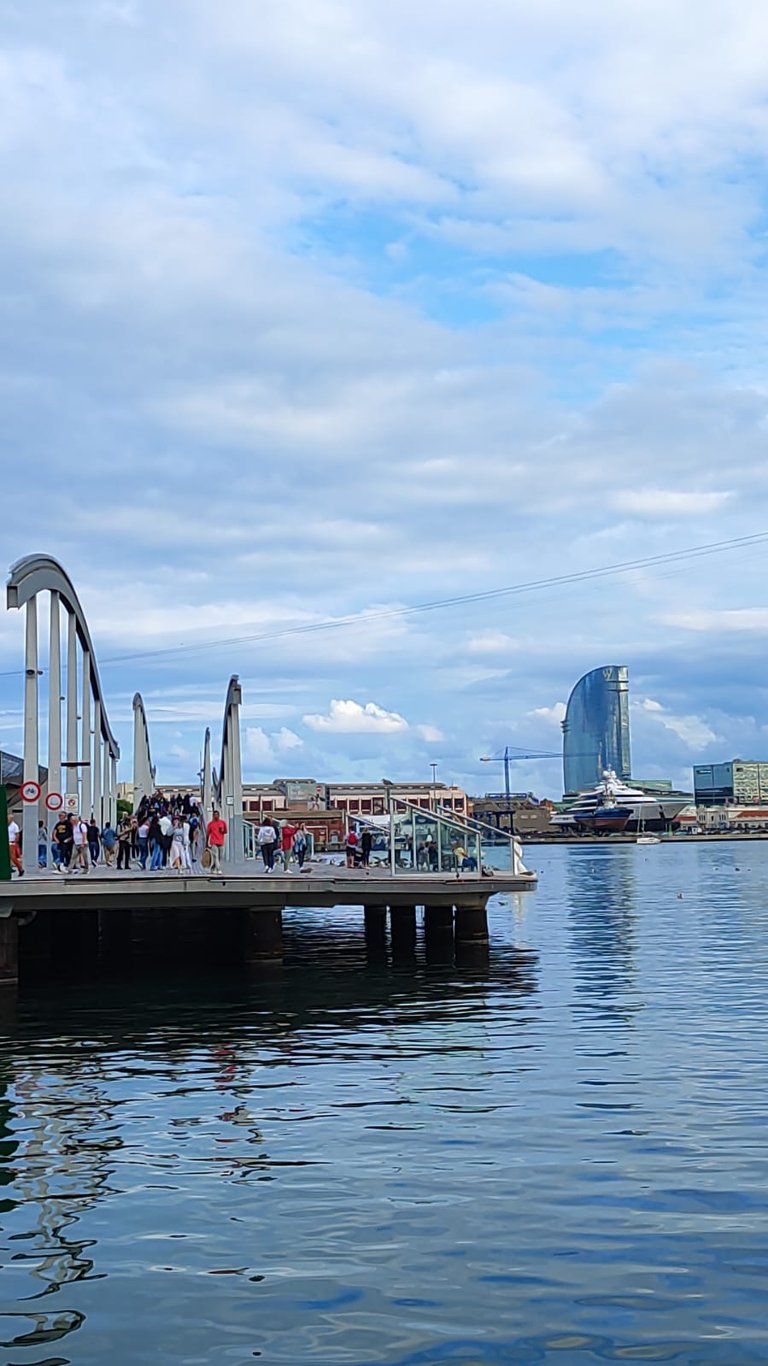
El puerto de Barcelona

¡Qué buen sistema de transporte!
Hoy en día Barcelona tiene un excelente sistema unificado de transporte que admite la intermodalidad; sin necesidad de billetes diferentes, puedes usar para moverte en la ciudad los autobuses urbanos, interurbanos, tranvía, el funicular de Montjuïc, el Funicular de Vallvidrera, las líneas suburbanas de FGC y los trenes de Rodalies de Catalunya.
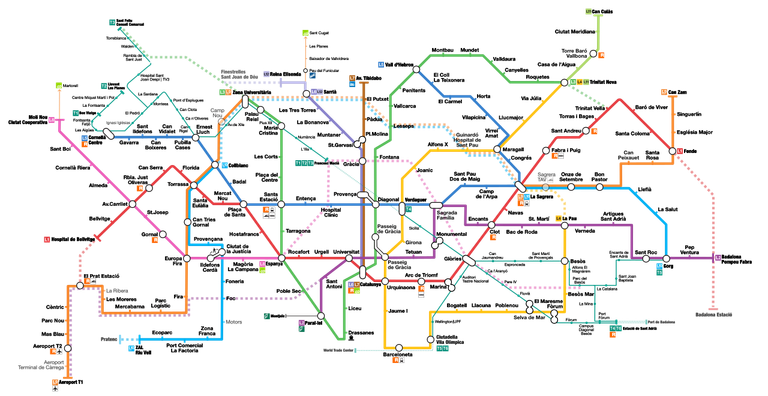
mapa actual metro de Barcelona
Si necesitas movilizarte a algún sector ubicado en las afueras de la ciudad, por ejemplo, Gavá, tomas el metro y luego el tren, con el mismo ticket. O si quieres subir a Montjuic, puedes tomar el metro y el funicular con el mismo ticket. Por cierto, si pasas por la ciudad uno de los lugares que debes visitar es Montjuic, desde allí tienes una vista espectacular de Barcelona. Además puedes visitar el Museo Miró y un hermoso jardín botánico.
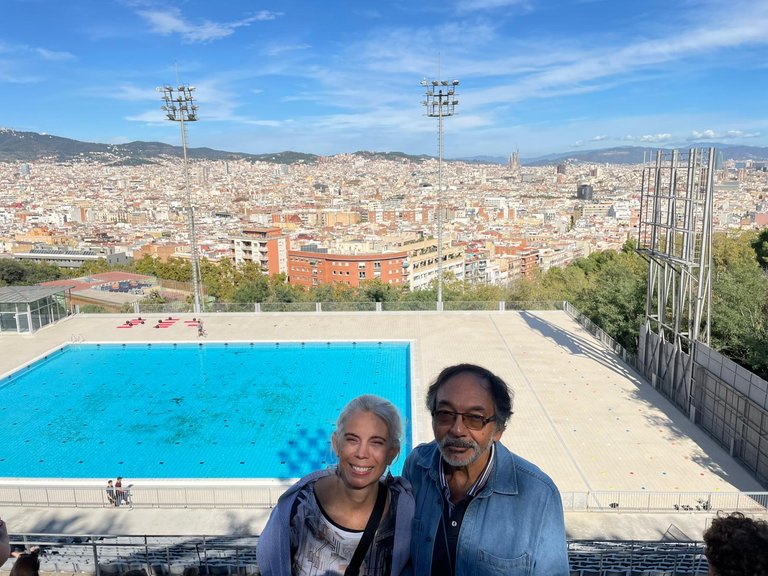

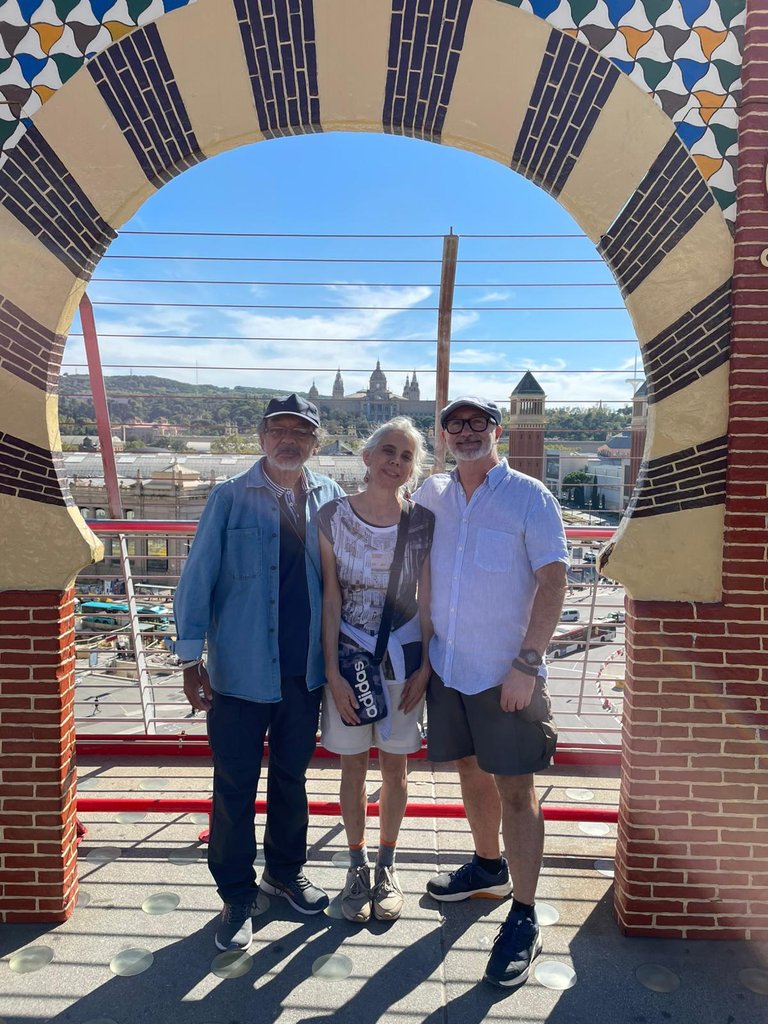
Observa las bonitas decoraciones de Montjuic

https://www.youtube.com/shorts/m2j1dOtAE70
En este short sin editar tienes una vista de Barcelona desde Montjuic (hay ruidos de fondo)

La Plaza de España
Cuando llegué a Barcelona en el autobús que venía del aeropuerto, me dejó en la Plaza de España. Me quedé realmente impresionada. Esta plaza monumental fue planificada y construida para la Exposición Internacional de 1929, según un proyecto de los arquitectos por Josep Puig i Cadafalch y Guillem Busquets y finalizado por Antoni Darder. Mide 34.000 metros cuadrados, es la segunda mayor plaza de España, tras la plaza de España de Madrid.
Una de las cosas que más me ha impresionado de algunas grandes ciudades de España y Europa que he podido visitar es las grandes dimensiones de algunos espacios y edificaciones. En Caracas, la ciudad de donde vengo, hay una gran avenida que conecta el casco inicial y antiguo de la ciudad con la expansión moderna hacia el este, y esa delimitación la demarca una plaza, la plaza Venezuela, y alrededor de esta plaza se construyeron algunos edificios altos, pero no es algo que te impresiona. Cuando yo vi la Plaza de España de Barcelona, sus altísimas columnas neoclásicas, como ya he dicho, quedé impresionada. Tomé las fotos que te comparto.
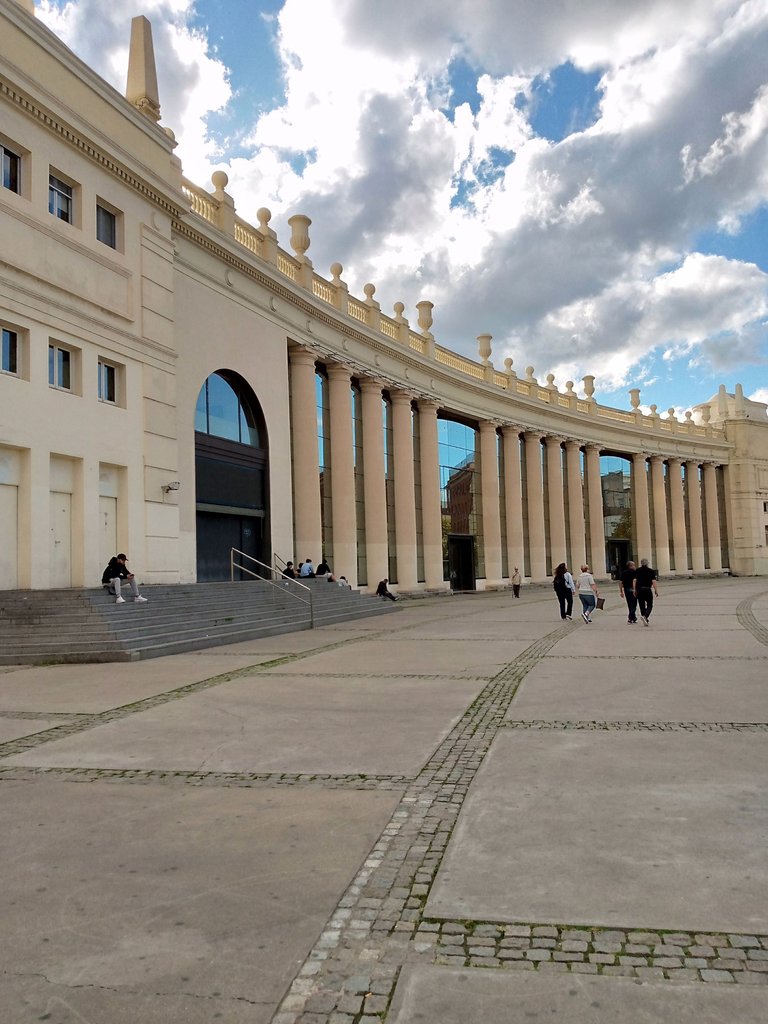
plaza España columnas neoclásicas

La plaza de España es un centro neurálgico de la ciudad, en ella confluyen sus grandes avenidas: la Gran Vía de las Cortes Catalanas, la avenida del Paralelo, la calle Tarragona, la calle Creu Coberta y la avenida de la Reina María Cristina, a través de la que se accede a la zona de Montjuic, y donde se sitúa la Feria de Muestras y el Museo Nacional de Arte de Cataluña.
Uno de los edificios que te recomiendo visitar es el Centro Comercial Las Arenas, una antigua plaza de toros que fue remodelada. Si subes a la terraza ubicada en el último piso, vas a tener una vista panorámica espectacular de la ciudad. En esta foto que te comparto, puedes ver al fondo, detrás de la imagen de la plaza, un edificio redondo, rojizo, ese es el Centro Comercial Arenas.
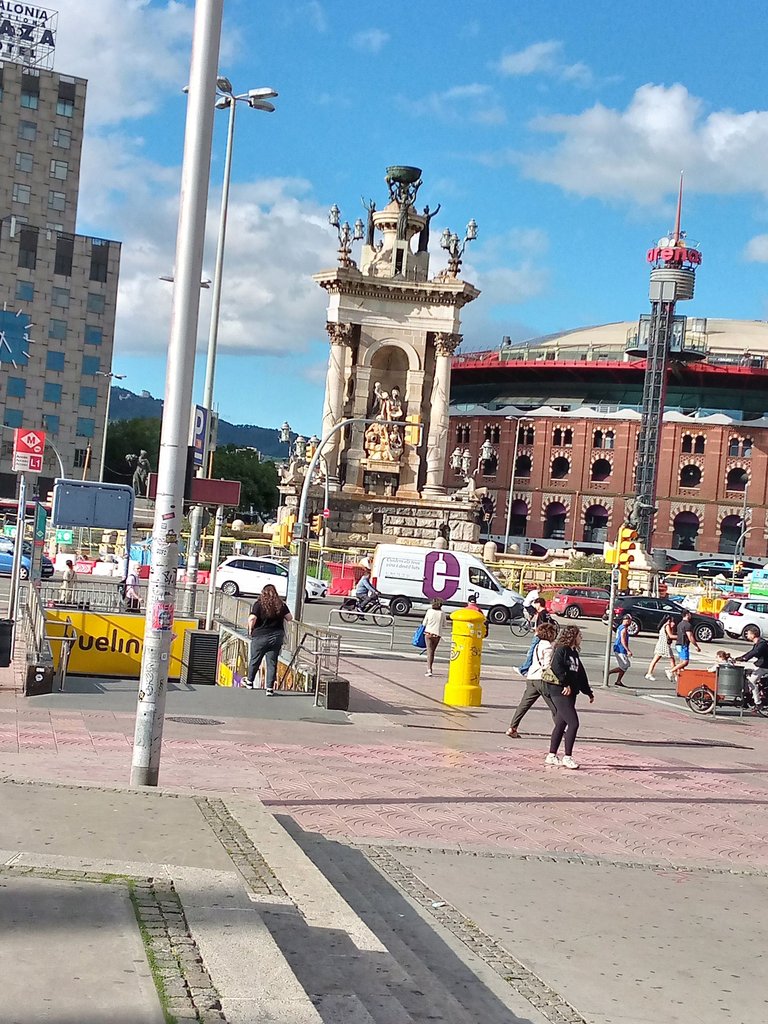
Plaza de España, con Centro Comercial Arena

Como todas las grandes ciudades Barcelona también tiene vida nocturna. Con el Google Maps puedes ubicar buenos sitios para comer y locales para tapear, tomarte unas copas. Como soy escritora ubiqué un local donde eventualmente se hacen slams de Poesía, el Club Cronopios, ubicado en la calle Ferlandina 16. Los cronopios son unos personajes ficticios inventados por el escritor argentino Julio Cortázar.
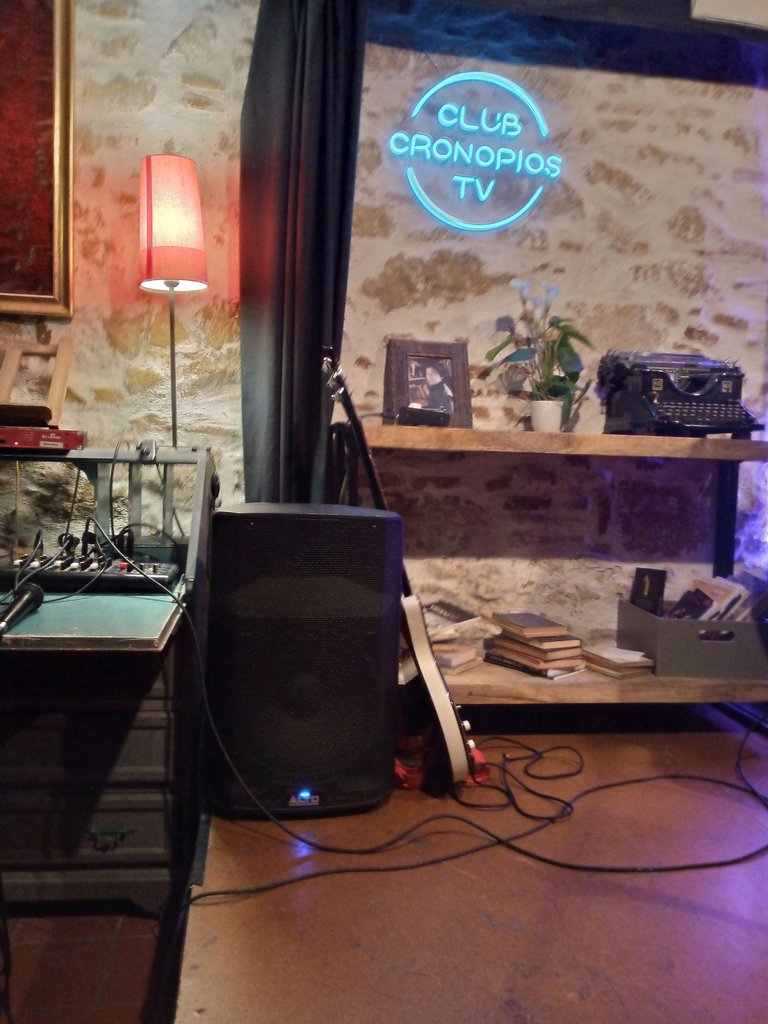

https://www.instagram.com/p/DBbIOfwoneX/?igsh=aWY5Ym5jdm51d2lt
Mi participación en slam poético en el Club Cronopios
El tour secreto por Barcelona
El tour tradicional por Barcelona por lo general te lleva a lugares antiguos de la ciudad. Pero decidimos tomar el tour “secreto”, que te lleva por la Rambla, pero luego se adentra en lugares no tan bonitos de la ciudad, en calles pequeñas, no tan céntricas, para contarte sobre “Las casas de misericordia”, esos lugares regentados por la Iglesia, en los que muchos padres y madres dejaron a sus hijos pequeños para que no muriesen de hambre durante la Guerra Civil (1936-1939) y durante la Post Guerra. El poeta catalán Joan Margarit escribió un libro de poemas al respecto, titulado “Casa de Misericordia”, que obtuvo el Premio Nacional de Poesía 2008.
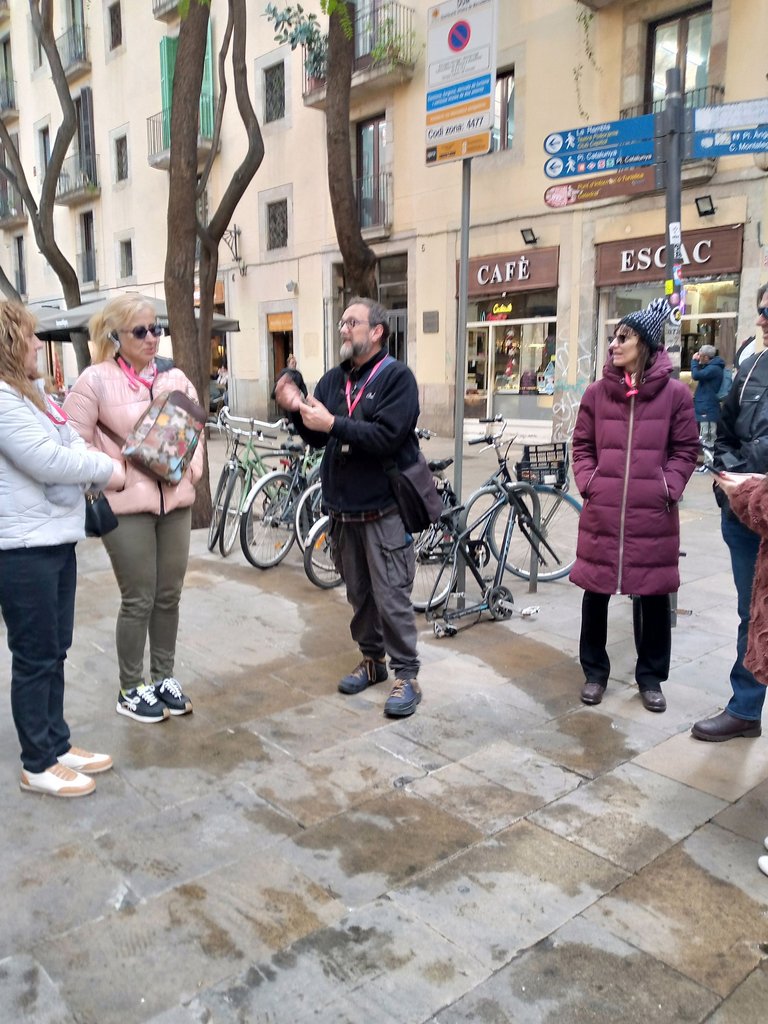

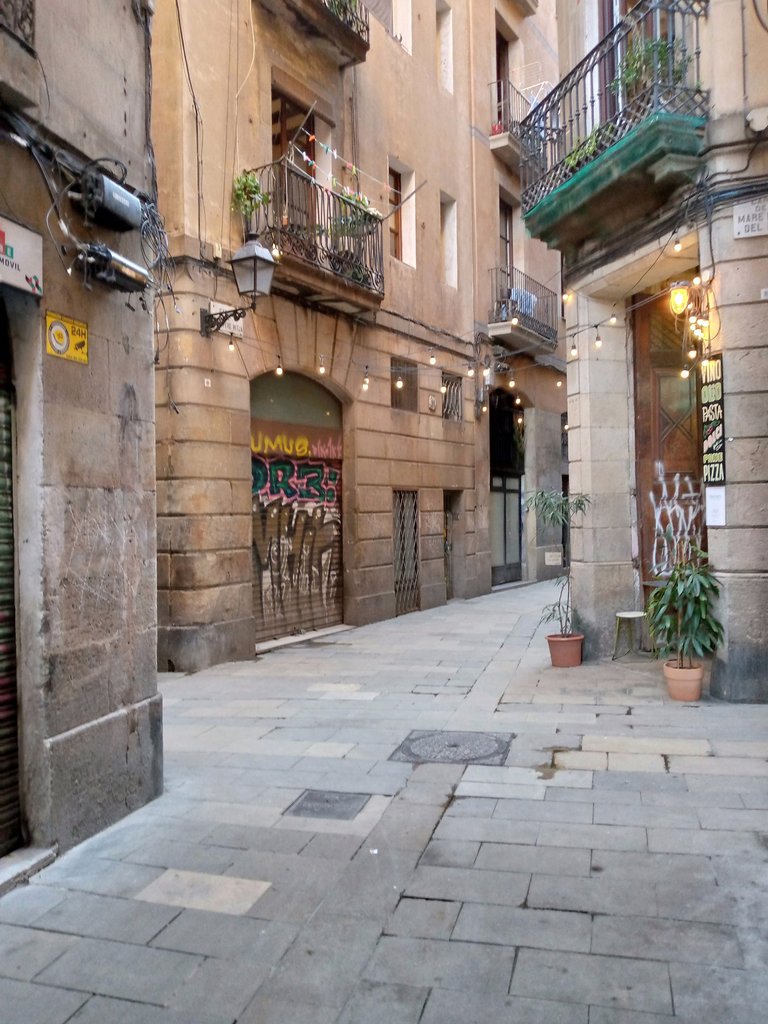

Así también, el guía nos llevó por la Barcelona de los graffittis y se detuvo especialmente en el graffiti de Keith Haring, que el artista estadounidense pintó sobre el Sida, enfermedad que lo llevó a morir poco tiempo después de pintar el graffiti. Vimos unos edificios muy estrechos, de pocos pisos, donde suelen vivir migrantes con pocos recursos económicos cuando llegan a la ciudad. Los tours tradicionales no te cuentan estas historias de la ciudad, por supuesto. La mayoría de las grandes ciudades tienen estas historias secretas de lucha, de sobrevivencia, que las hacen. Probablemente, los locales de pocos recursos o algunos de estos migrantes que llegan, son la fuerza ignorada que permite que las grandes ciudades funcionen.
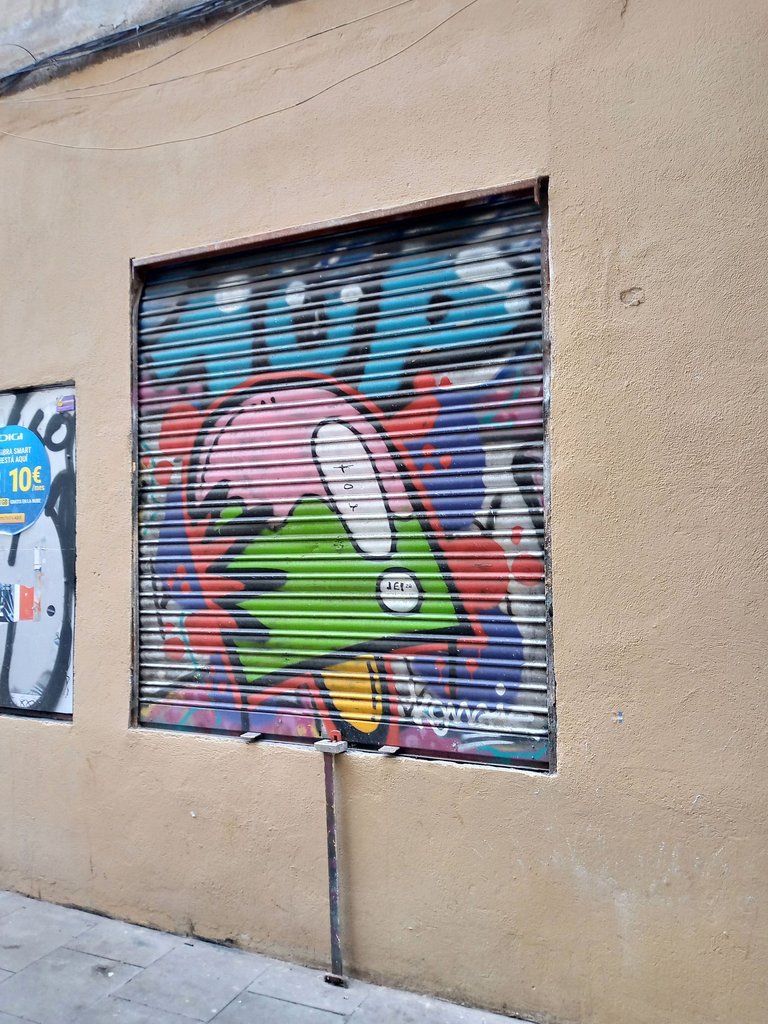

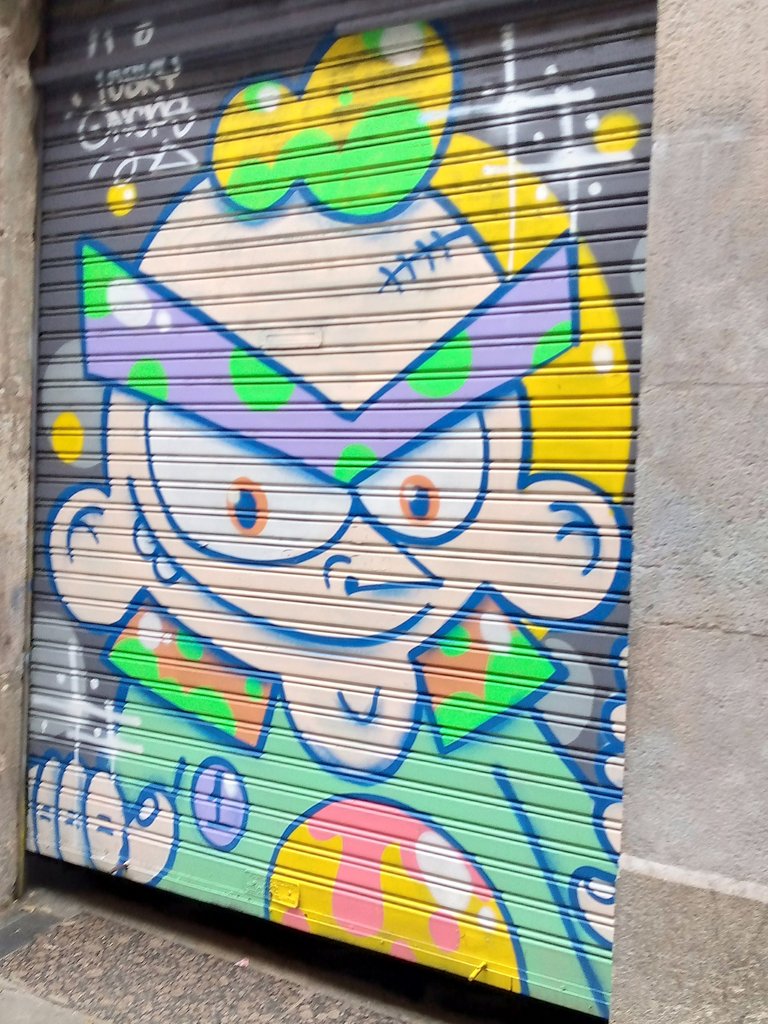

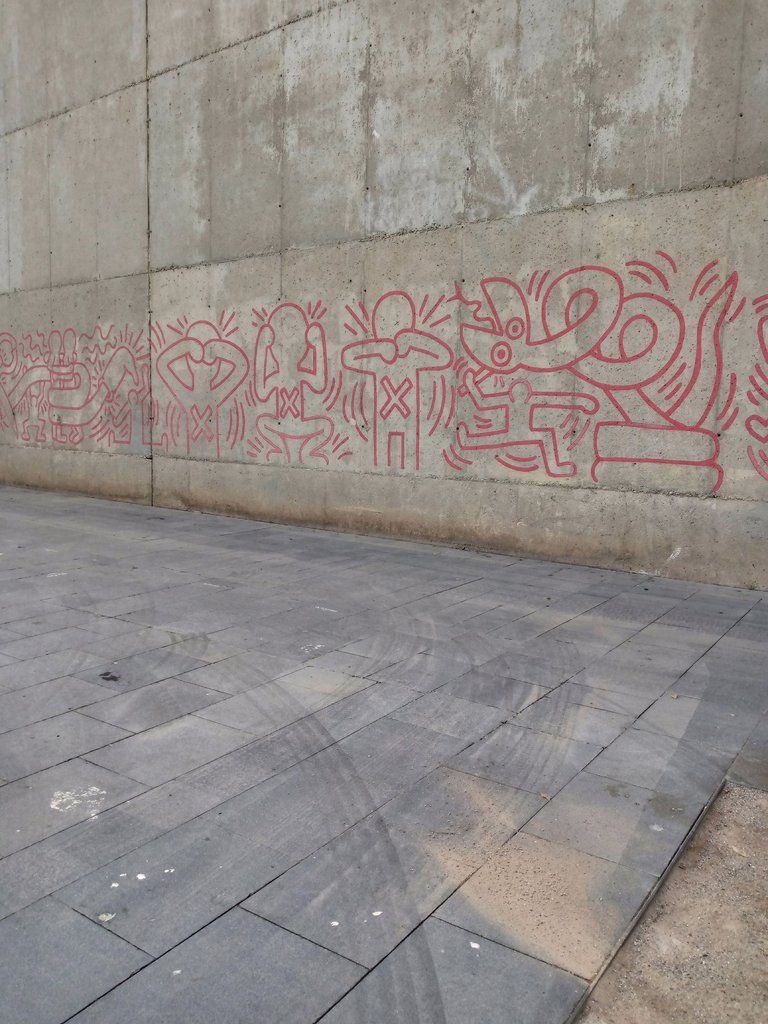
Mural del artista estadounidense Keith Haring, el cual fue destruido y luego restaurado

Nos habló también de un problema actual en toda España, el problema de la vivienda. La manera en que muchos pisos han sido remodelados para ofrecerlos a los turistas, mientras que las personas que viven de manera permanente ya no consiguen viviendas que puedan alquilar, o las consiguen a precios altísimos que no pueden pagar. Muchos vecindarios tranquilos han dejado de serlo. Te comparto foto de un inmenso graffitti de protesta que nos mostró nuestro guía.
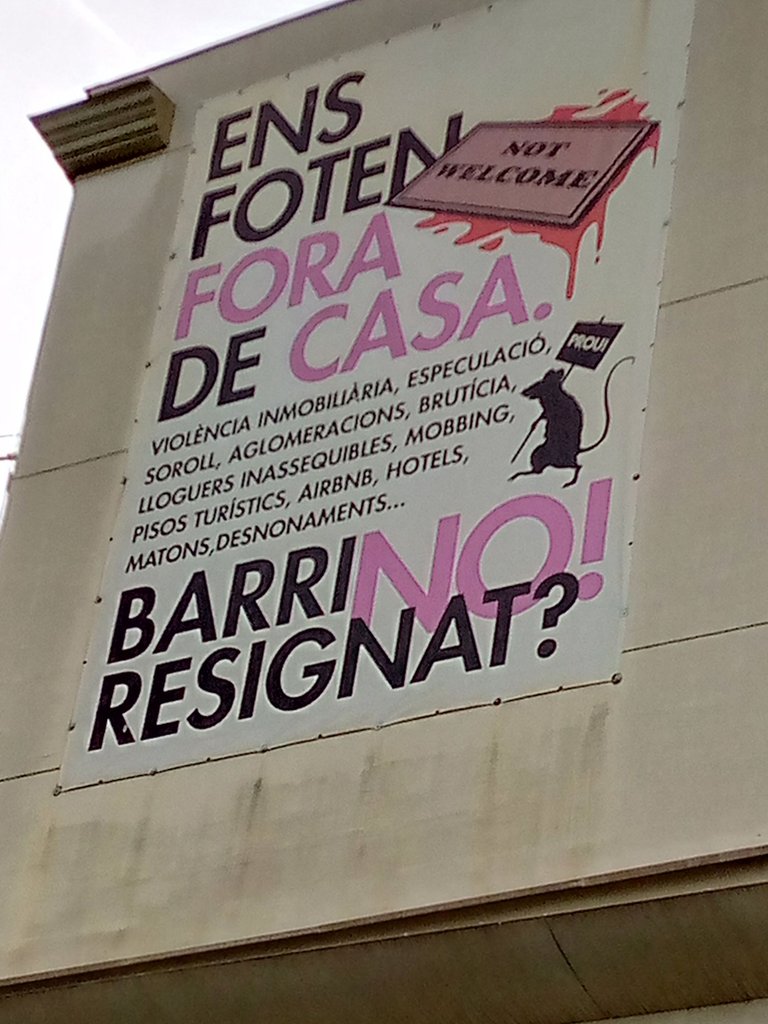
Protesta de los vecinos por el problema inmobiliario

La Barcelona contemporánea se parece a las grandes ciudades españolas, con sus tiendas de lujo, sus altos edificios de apartamentos, su sistema de transporte organizado, sus restaurantes y locales nocturnos. Y así también pude ver aparcamientos de bicicletas, lo que me dice que hay en la ciudad una cierta consciencia ecológica y sentido práctico. Si eres de andar en bici puedes hacerlo. Espero que hayas disfrutado este paseo por la Barcelona Contemporánea. Lo que no te haya contado, seguro que lo encuentras en Google.

edificios en la zona de Les Corts

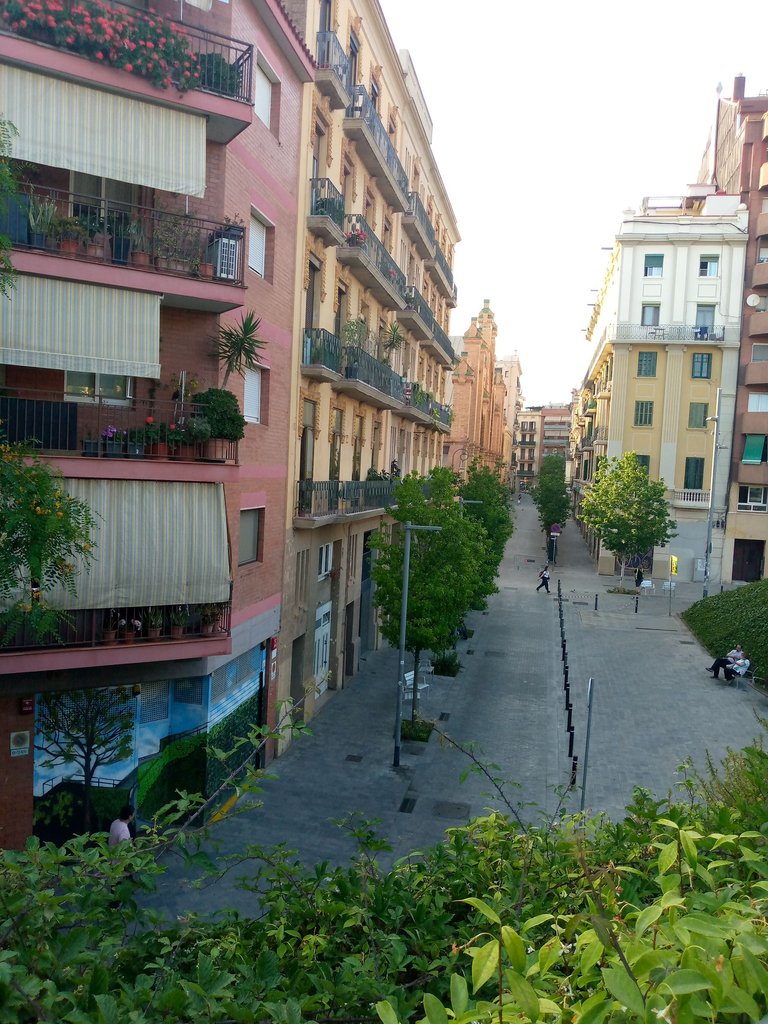
calle Barcelona Contemporánea

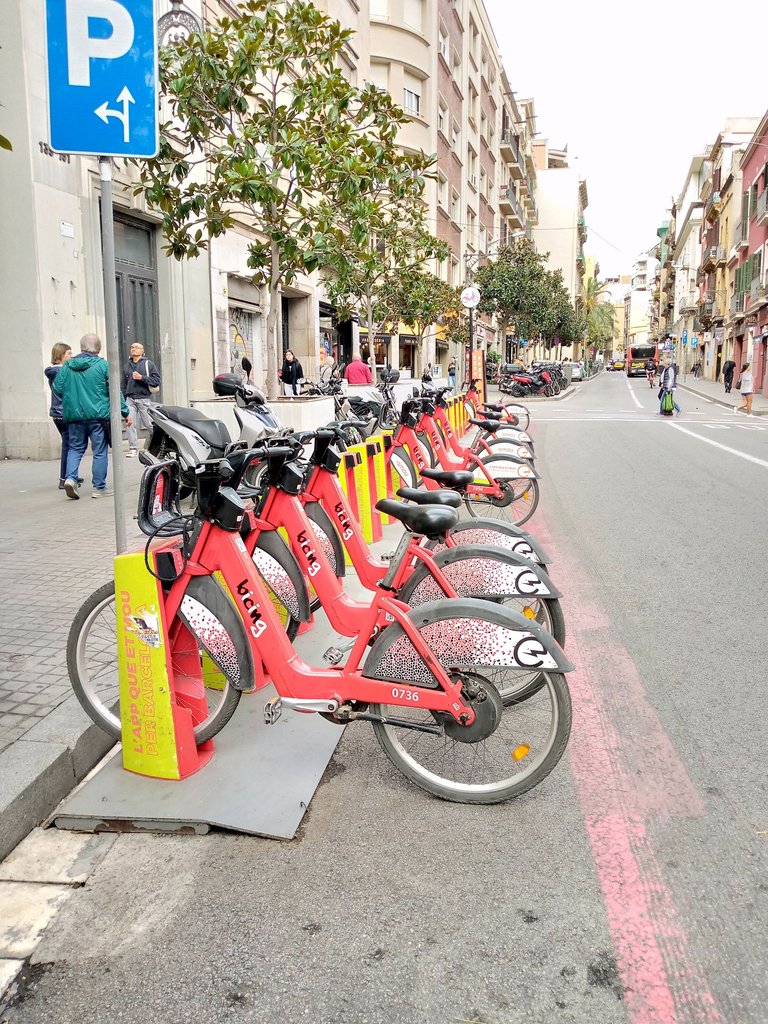
aparcamiento de bicicletas en alquiler

Contenido original de mi autoría, las fotos que ves fueron tomadas con la cámara de mi teléfono móvil Infinix HOT 10.

Greetings, reader friends, with this article I am going to finish my tour of the city of Barcelona, Spain. I started with an article dedicated to the Barcelona of Antiquity
https://peakd.com/hive111516/@beaescribe/conociendo-espana-barcelona-antigua-spanish-english Then another one about the Modernist Barcelona
https://peakd.com/hive-111516/@beaescribe/barcelona-modernista-modernist-barcelona-spanish-english I finish it with this article about the Contemporary Barcelona.
CONTEMPORARY BARCELONA

Contemporary Barcelona begins in the 19th century, in the period I called “modernist” in my previous article on the city. Barcelona begins an urban growth with the “ensanche”, when the medieval walls are demolished and the city extends through the plain of Barcelona, which spans from the old town to the initial foothills of the Collserola mountain range. The remains of the old city walls can still be seen.
When the city expanded it absorbed nearby towns, which today make up some of the most visited areas of the city, such as the neighborhood of Gracia, where some of the most important works of Gaudi, Casa Battló, La Pedrera, are located. Today Paseo de Gracia is a long avenue, with wide sidewalks, where you can walk comfortably and admire extraordinary buildings. Other neighborhoods that were formed after the widening are Pueblo Nuevo, Horta or Sans. The widening plan was designed by Ildefonso Cerdá.

Here I am sitting on a beautiful bench in Paseo de Gracia.


Contemporary building Paseo de Gracia

At that time, especially at the end of the 19th century, Barcelona became an important industrial center, and still is today. The project of the Ensanche is possible thanks to this period of expansion and prosperity of the city, in which the population of the city increased fivefold, and some changes in the urban plan were necessary. It was then that the subway, which inaugurated its first line in 1924, and the modern port were planned.

The port of Barcelona

What a good transport system!
Today Barcelona has an excellent unified transport system that supports intermodality; without the need for different tickets, you can use the city buses, intercity buses, streetcars, the Montjuïc funicular, the Vallvidrera Funicular, the suburban lines of FGC and the Rodalies de Catalunya trains to move around the city.

mapa actual metro de Barcelona
If you need to move to a sector located on the outskirts of the city, for example, Gavá, you take the metro and then the train, with the same ticket. Or if you want to go up to Montjuic, you can take the metro and the funicular with the same ticket. By the way, if you pass through the city one of the places you must visit is Montjuic, from there you have a spectacular view of Barcelona. You can also visit the Miró Museum and a beautiful botanical garden.

view of Barcelona from Montjuic


Montjuic with my friends Daniel and Luis See the beautiful decorations of Montjuic

https://www.youtube.com/shorts/m2j1dOtAE70
In this unedited short you have a view of Barcelona from Montjuic (there are background noises)

Spain Square
When I arrived in Barcelona for the first time on the bus coming from the airport, it dropped me off at Plaza de España. I was really impressed. This monumental square was planned and built for the 1929 International Exposition, according to a project by architects Josep Puig i Cadafalch and Guillem Busquets and completed by Antoni Darder. Measuring 34,000 square meters, it is the second largest square in Spain, after the Plaza de España in Madrid.
One of the things that has impressed me most about some of the large cities in Spain and Europe that I have been able to visit is the large dimensions of some spaces and buildings. In Caracas, the city where I come from, there is a large avenue that connects the initial and old part of the city with the modern expansion to the east, and this delimitation is demarcated by a square, Plaza Venezuela, and around this square some tall buildings were built, but it is not something that impresses you. When I saw the Plaza de España in Barcelona, its towering neoclassical columns, as I said, I was impressed. I took the pictures I share with you.

Spain Square Neoclassical Columns

Plaza de España Square is the nerve center of the city, where its main avenues converge: Gran Vía de las Cortes Catalanas, Avinguda del Paralelo, Carrer Tarragona, Carrer Creu Coberta and Avinguda de la Reina Maria Cristina, which leads to the Montjuic area, and where the Trade Fair and the National Art Museum of Catalonia are located.
One of the buildings that I recommend you to visit is the Las Arenas Shopping Center, a former bullring that was remodeled. If you go up to the terrace located on the top floor, you will have a spectacular panoramic view of the city. In this photo I share with you, you can see in the background, behind the image of the plaza, a round, reddish building, that is the Arenas Shopping Center.

Spain Square, Arenas Shopping Center

Like all big cities Barcelona also has nightlife. With Google Maps you can locate good places to eat and places for tapas, drinks. As I am a writer I found a place where they eventually do poetry slams, the Cronopios Club, located at 16 Ferlandina street. The Cronopios are fictional characters invented by the Argentine writer Julio Cortázar.

Cronopios Club

https://www.instagram.com/p/DBbIOfwoneX/?igsh=aWY5Ym5jdm51d2lt
video My participation in the poetry slam at Club Cronopios
Secret tour Barcelona
The traditional tour of Barcelona usually takes you to old parts of the city. But we decided to take the “secret” tour, which takes you along the Rambla, but then goes into not so nice places in the city, in small streets, not so central, to tell you about “Las casas de misericordia” (Houses of Mercy), those places run by the Church, where many fathers and mothers left their young children so they would not die of hunger during the Civil War (1936-1939) and during the Post War. The Catalan poet Joan Margarit wrote a book of poems on the subject, entitled “Casa de Misericordia” (House of Mercy), which won the 2008 National Poetry Prize.

Barcelona's freetour



The guide also took us through the Barcelona of graffiti and stopped especially at Keith Haring's graffiti, which the American artist painted about AIDS, a disease that led him to die shortly after painting the graffiti. We saw some very narrow, low-rise buildings, where migrants with few economic resources tend to live when they arrive in the city. Traditional tours don't tell you these stories of the city, of course. Most big cities have these secret stories of struggle, of survival, that make them. Probably, the low-income locals or some of these incoming migrants are the overlooked force that allows big cities to function.





Mural by American artist Keith Haring, which was destroyed and then restored.

The guide also spoke to us about a current problem throughout Spain, the housing problem. The way in which many apartments have been remodeled to offer them to tourists, while people who live permanently can no longer get housing that they can rent, or they get it at very high prices that they cannot afford. Many quiet neighborhoods are no longer quiet. I share with you a photo of a huge protest graffiti that our guide showed us.

Protest by neighbors over real estate issue

Contemporary Barcelona resembles Spain's big cities, with its luxury stores, high-rise apartment buildings, organized transportation system, restaurants and nightclubs. And so I was also able to see bike racks, which tells me that there is a certain ecological awareness and practicality in the city. If you are into biking you can do it. I hope you enjoyed this walk through contemporary Barcelona. What I haven't told you, I'm sure you can find it on Google.

buildings in Les Corts neighborhood


Contemporary Barcelona street


bicycle parking

Original content of my authorship, the photos you see were taken with the camera of my Infinix HOT 10 cell phone.
translated to english with Deepl.com
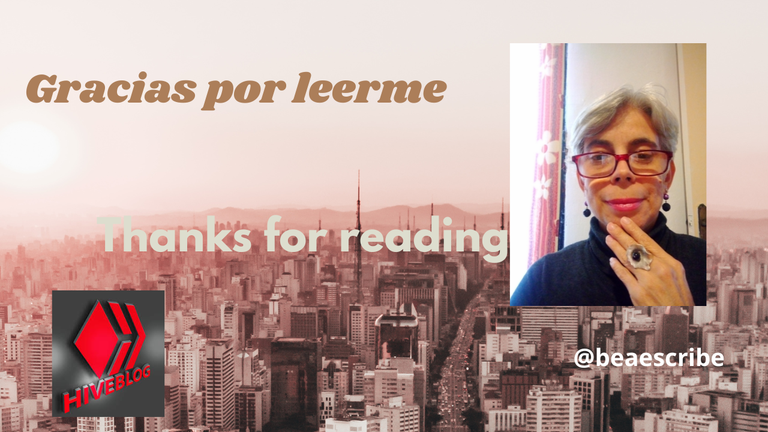













































































Cualquiera pensaría que eres española por la pasión de tu relato. Agradecida.
Muchas gracias a ti por tu lectura y comentario. He hecho esta serie sobre Barcelona con mucho cariño. Vivo en Andalucía, pero he visitado Barcelona varias veces, tengo amigos muy queridos venezolanos que viven allí.
¿ᴺᵉᶜᵉˢᶦᵗᵃˢ ᴴᴮᴰ? ᵀᵉ ˡᵒ ᵖʳᵉˢᵗᵃᵐᵒˢ ᶜᵒⁿ @ruta.loans
Gracias por el apoyo.
Hola @beaescribe, un buen colofón a este viaje por Barcelona. No sólo has mostrado la Barcelona moderna, sino también la contemporánea incluido el arte urbano y los problemas de casi todas las cididaes turísticas.
Gracias por compartir esta publicación. Un abrazo.
Gracias por tu lectura y comentario @enraizar Me contenta que hayas disfrutado su lectura. Saludos.🙂
Disfrute con ella @beaescribe. Gracias.